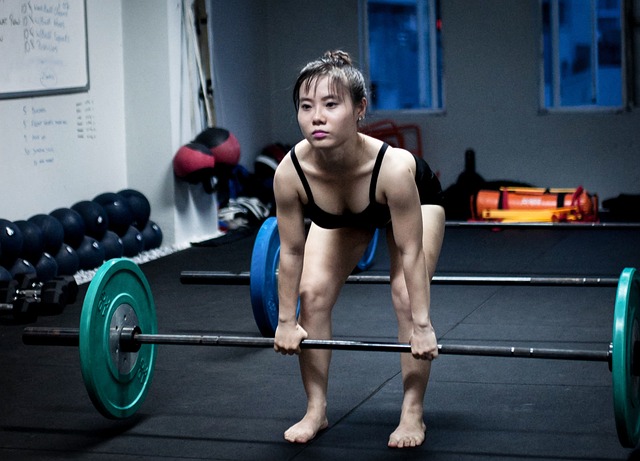
The deadlift is a classic compound exercise that is considered one of the most effective and challenging movements in strength training. This exercise involves lifting a weight from the ground to an upright position, using the muscles of the legs, back, and hips. The deadlift is often included in weightlifting programs for its ability to improve overall strength, posture, and stability.
In a basic deadlift, the lifter stands behind a loaded barbell with feet shoulder-width apart. The barbell is positioned at the midpoint of the feet, and the lifter bends down, grasping the bar with both hands. The lifter then stands up, using the strength of the legs and hips, until the barbell is in a fully upright position. The lift is then repeated for a set number of repetitions.
The deadlift is a compound exercise, meaning that it works multiple muscle groups simultaneously. The primary muscle groups used in the deadlift are the muscles of the lower back, legs, and hips. However, the exercise also engages a variety of other muscle groups, including the upper back, arms, and abdominals.
Here are the specific muscles worked during a deadlift:
- Lower back muscles: The erector spinae muscles, located on either side of the spine, are the primary muscles worked during a deadlift. These muscles help to maintain the natural curvature of the spine and stabilize the torso during the lift.
- Gluteal muscles: The gluteus maximus, medius, and minimus muscles are all heavily recruited during a deadlift. These muscles work to extend the hip joint and provide power during the lift.
- Quadriceps: The quadriceps muscles, located on the front of the thigh, are used to extend the knee joint during the upward phase of the deadlift.
- Hamstrings: The hamstrings, located on the back of the thigh, work to extend the hip joint during the upward phase of the lift.
- Calves: The gastrocnemius and soleus muscles of the calf are used to stabilize the ankle joint during the lift.
- Forearms: The muscles of the forearm are used to grip the barbell during the lift.
- Upper back muscles: The trapezius, rhomboids, and latissimus dorsi muscles are all engaged during a deadlift. These muscles help to stabilize the shoulders and upper back during the lift.
- Abdominals: The rectus abdominis and oblique muscles are activated during the lift to stabilize the torso and maintain proper posture.
One of the main benefits of the deadlift is its ability to improve overall strength and power. By targeting the muscles of the lower back, legs, and hips, the deadlift can help to increase muscle mass and improve athletic performance. Additionally, the deadlift can help to improve posture and spinal alignment, which can reduce the risk of injury and improve overall quality of life.
The deadlift is also an effective exercise for developing functional strength. Unlike isolation exercises, which target individual muscle groups, the deadlift works multiple muscle groups simultaneously, mimicking the movements of real-life activities. This makes the deadlift an ideal exercise for athletes and individuals who want to improve their strength and performance in everyday activities.
Another benefit of the deadlift is its ability to improve bone density. Because the deadlift is a weight-bearing exercise, it places stress on the bones of the body, which can help to improve bone density and reduce the risk of osteoporosis.
However, it is important to note that the deadlift is a highly technical exercise that requires proper form and technique to be performed safely and effectively.